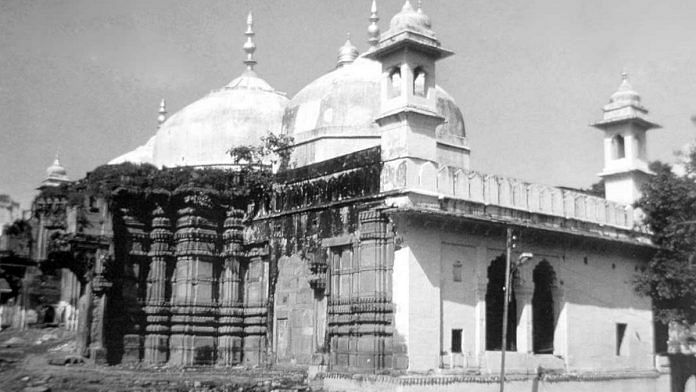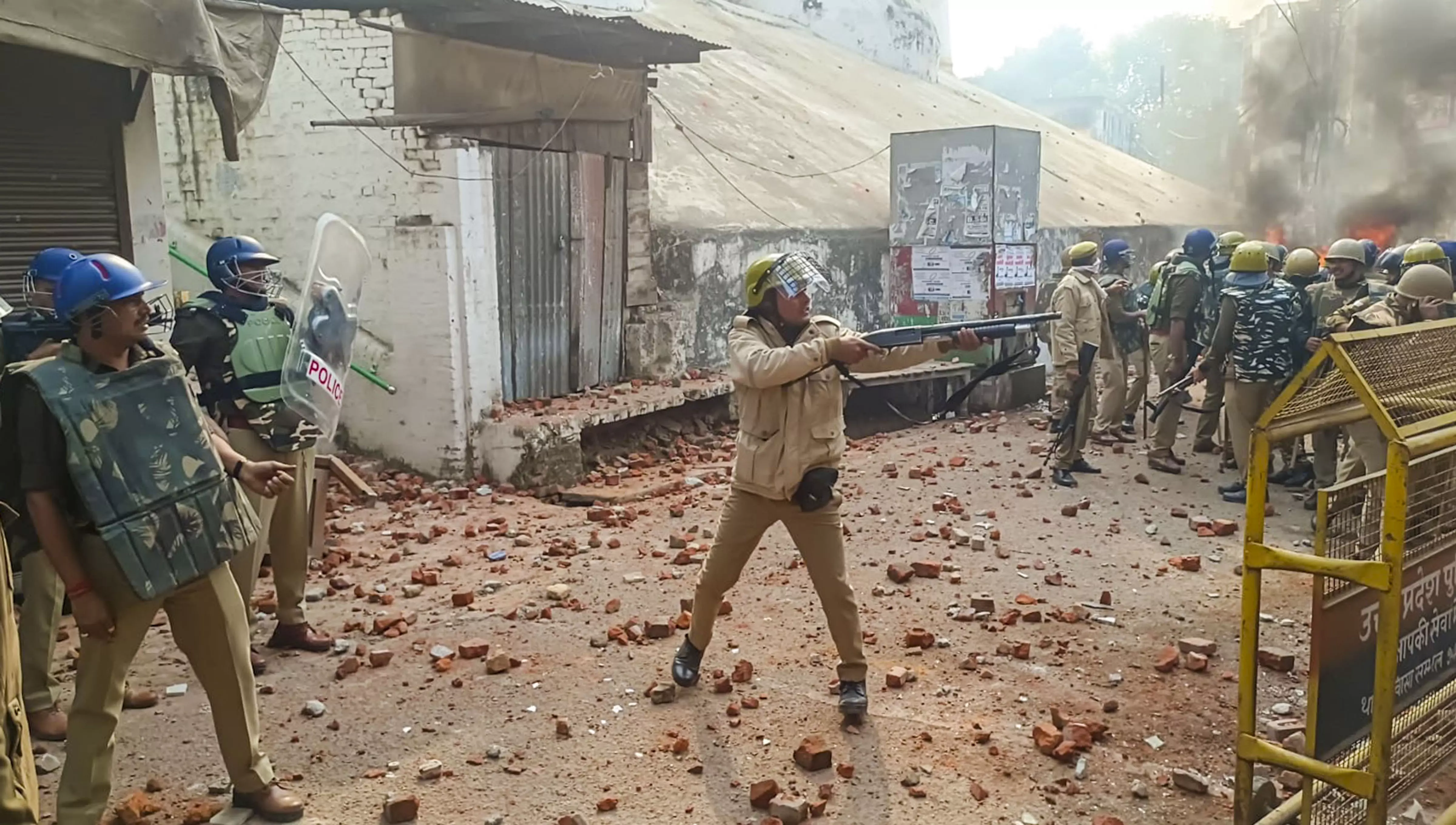Supreme Court’s Bold Stand On 1991 Places Of Worship Act
Exploring the Supreme Court’s Recent Orders and Their Impact on India’s Secular Fabric

The Places of Worship Act of 1991 is one of the most significant pieces of legislation for preserving social peace since it maintained the religious identity of places of worship as they were on August 15, 1947. It has again been revived in the Supreme Court. In December 2024, the Court gave landmark orders. It stopped surveys connected to controversial temple and mosque sites and banned filing fresh cases regarding religious places. It ordered the Centre to file its response within four weeks, emphasizing how this sensitive issue needed to be resolved sooner rather than later.
Understanding the Places of Worship Act, 1991
The Act was enacted during a time of heightened communal tension to preserve the secular fabric of India. It prohibits the conversion of any place of worship and ensures the religious identity of any such site remains as it was on the cut-off date, August 15, 1947. The only exception to this rule is the Ram Janmabhoomi-Babri Masjid dispute, explicitly exempted under Section 5 of the Act.
The law also imposes stringent penalties for violating its provisions, emphasizing the need to prevent historical grievances from disrupting present-day harmony.

Recent Supreme Court Interventions
Stay on Surveys of Temples and Mosques:
- On December 12, 2024, the Supreme Court upheld orders issued by lower courts for surveys of several disputed sites, including the Gyanvapi mosque in Varanasi and Krishna Janmabhoomi in Mathura. Civil courts had previously allowed surveys and carbon dating exercises to ascertain historical claims about these sites.
- However, the apex court’s interference ensures that final orders are only issued in those cases after a constitutional challenge to the 1991 Act at a broader constitutional level is disposed of. The Court also prevented fresh litigation on identical issues from being filed. This measure is aimed at further preventing communal polarization and the judicial system from being overburdened by a floodgate of litigation on religious matters.
Government’s Role and Deadline
- The Centre has been given four weeks to file an adequate reply to the petitions filed in challenge to the constitutional validity of the Act. Opponents of the Act believe it contravenes Article 25, freedom of religion, and Article 26, freedom to manage religious affairs, since it freezes the spiritual character of places of worship without considering historical grievances. But for that reason, it is inevitable that the country needs secularism and must avert communal conflicts.
- The government’s response will decide the future of this contentious legislation. It needs to maintain a balance between redressing historical injustices and preserving the values of secularism and unity.

Key Disputes Under Scrutiny
- Gyanvapi Mosque Case
The Gyanvapi mosque in Varanasi has been at the Centre of much attention. Hindu litigants are of the view that it was raised over a demolished temple, while the Muslim community claims it has remained a mosque for thousands of years. The litigations aim to decide the site’s religious character, which has previously allowed surveys and inspection by some courts.
- Krishna Janmabhoomi Case
Similarly, controversy over the Krishna Janmabhoomi-Shahi Eidgah Mosque complex has revived communal sentiment in Mathura. The petitioners claim that the mosque has been raised on land held to be the birth site of Lord Krishna.
- Sambhal and Ajmer Cases
Beyond these high-profile disputes, the apex court’s directives apply to cases of less-known sites like Sambhal mosque and Ajmer Dargah. Such challenges show an increasing trend of threatening the intent of the Act of 1991.
Legal and Political Implications
- Judicial Precedents: In its 2019 decision in the Ayodhya Ram Janmabhoomi-Babri Masjid case, the Supreme Court reiterated the principles of the 1991 Act and strengthened its constitutional validity. Nevertheless, the increasing number of petitions against the law raises concerns regarding its enforceability and relevance in present-day India.

- Communal Harmony and Secularism: The primary purpose of this Act is to keep harmony within communities by not allowing such old issues to inflame recent tension; however, increased litigations and questionnaires over religious monuments endanger the goal of such acts. A firm judiciary response towards stopping such activities demonstrates interest in preserving peace and secularism.
- Political Responses: Political parties have expressed contrasting opinions on the matter. The BJP, the ruling party, was criticized for allegedly misusing religious controversy to polarize voters, while opposing leaders, including Congress Chief Mallikarjun Kharge, advised overemphasizing governance rather than dividing issues. Even RSS, the BJP’s ideological sister concern, has also asked to avoid the temptation of raising the digging under mosques issue as that alone would create the image of internal bickering.
Challenges to the Act’s Implementation
Problems in the Places of Worship Act are:
- Historical Grievances: Many communities believe that the Act cements historical injustices, where wrongs done against them remain unredressed.
- Judicial Overload: The ever-growing lawsuits over religious places weigh upon the judiciary.
- Communal Polarization: Public debates and litigations on religious issues can escalate communal polarization.

Supreme Court’s Balancing Act
The recent guidelines laid down by the Supreme Court point out the careful equilibrist it seeks:
- Neutrality: what the Court attempts by staying the survey and denying new cases: It wants to prevent misuse of the judicial process for political or communal mileage.
- Prompt Resolution: The four-week deadline for response given to the Centre underlines the urgency by the Court to tackle those issues in time.
The Way Forward
- Strengthening Legislation
The amendments to the 1991 Act will soften it but retain the essence of harmony. Provisions for dialogue and arbitration could be made as redressal mechanisms for past wrongs.
- Promoting Dialogue
The dialogues between religions and interfaith activities would be able to resolve issues amicably, which would reduce litigation.
- Judicial Vigilance
The judiciary must not permit legal processes to be utilized for divisive purposes. The cases pending before it should be dealt with as soon as possible while proper guidelines for the disputes likely to arise after that must also be given.

Conclusion
The Places of Worship Act of 1991 is a pillar of India’s commitment to secularism and communal harmony. This recent development in the Supreme Court and the complex balance between historical grievances reflects the desire to preserve peace in a large, diverse nation.
On this count, it all rests on the Centre as the response is prepared. All stakeholders must uphold the principle of unity and justice that the Constitution instituted. The coming weeks will thus determine the course and future of this landmark legislation and its role in guarding India’s pluralistic ethos.



